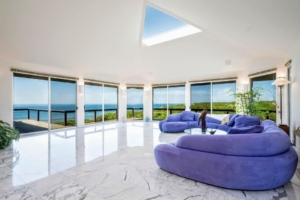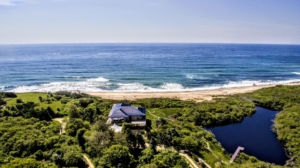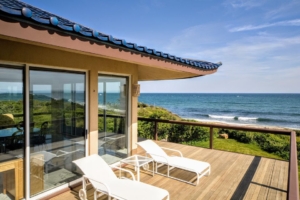4 Tips for Investing in Property in Another Area
Most real estate investors start by investing in local property, but what if buildings in the area are overvalued, or if there are good deals in another city or state?
Investing outside your local area takes a different mindset than buying property in your hometown. Here are some tips to help.
Study the new region. To get a sense of an area’s well-being, look into area statistics like crime, schools, population growth, median income and the municipality’s finances.
Growth demographics are key, says Mathieu Rosinsky, principal of Belmont Associates in Delray Beach, Florida. He looks at growth demographics going back 15 years to get a sense of trends. Some of the fastest-growing areas are Boise, Idaho; Denver; North Carolina and parts of Florida and Texas.
When looking at demographic growth, review the trend of income per capita growth, says Eduardo Gruener, co-founder and chief executive officer of Momentum Real Estate Partners in Miami. Rising income per capita means an investor’s net operating income will likely rise as residents’ income increases.
Think about taxes. When looking at residents’ income, keep an eye on taxes. States with high income taxes or high property taxes (or both) eat into a real estate investor’s profits, Rosinsky says. Changes in the federal tax code last year limit how much people can deduct from both income and property taxes, he says. That makes investing in states like New York and California more expensive compared to a place like Texas, which has low taxes.
Follow the jobs. If you want to invest outside of your area, look to regions that are seeing strong job growth, says Los Angeles-based Kathy Fettke, co-chief executive officer of Real Wealth Network and author of Retire Rich with Rentals. That will draw people and stir housing demand. However, she says investors need to consider affordability, too.
“San Francisco has job and population growth, but it’s not affordable,” she says.
Look for a diverse employment base, and watch for new businesses opening, Gruener says. Good signs include news stories about office complexes breaking ground or companies moving headquarters to an area.
“Look for things that are going to happen,” he says.
When Gruener’s firm bought a property in Dallas, they narrowed their search to an area with good schools and a good employment base. Then they learned Toyota Motor Corp. (ticker: TM) planned to open a major office complex close to their property.
“We knew Toyota was going to open a new office complex, but they still needed to buy the land and build,” he says. Eventually “they would move employees there. You always want to look at areas of new opportunities and new employment.”
Areas that are experiencing revitalization can be good places to invest, but buyers need to be cautious. Michael Foguth, founder of Foguth Financial Group in Brighton, Michigan, says investors who bought into parts of Detroit five or 10 years ago have seen a sizable return on their investment. However, not everyone did well, he says.
“If you bought in the wrong side of town, you lost all your money,” he says. “But if you bought in an up-and-coming area, you quadrupled your money.”
Parts of Detroit near the sports stadiums and other parts of downtown where some companies recently moved headquarters or established a significant presence have allowed these areas to flourish, Foguth says. The properties that are seeing the biggest gains in value are new construction, rather than remodeled homes, he says.
Look to see where banks are more likely to lend investors money, Rosinsky says. “That’s always a telltale sign because you have various people who are investing in the project or [area],” he says.
Get professional help. You’re going to need some help finding and managing property that’s outside your area. Fettke says if you use a real estate agent, be sure the person understands you’re looking for investment property and not a primary residence.
“The person helping you should be a professional in investment property,” she says. “Ideally they will own some themselves and lots of it.”
You’ll also need a property management company, and ideally a local one. Foguth says distant property owners can’t be hands-on like they might be with a local property. This is one of the biggest considerations when it comes to day-to-day operations.
“If something goes wrong, you can’t drive down the street to fix it,” he says.
Fettke says before you purchase property find a management company to help you vet units.
“Before you close, run this property by the property manager to see if they will take it,” she says. “They’ll be the first to tell you, ‘Oh no, I can’t ever rent anything there,’ or ‘I won’t go there.’ The property manager is your greatest asset in finding what they are willing to manage.”
Property management company fees are around 8 to 10 percent of the collected rent, she says. You can negotiate the fee, but Fettke says going lower than 8 percent makes it difficult for property managers to do their jobs.
“They have to hire people and have systems in place,” she says.
She learned the hard way about trying too hard to cut management property fees.
“I had a really good employee who negotiated the property management down to 5 [percent],” Fettke says. “That was great until it wasn’t because then the [property management company] couldn’t really do their job, and it didn’t turn out well.”
























